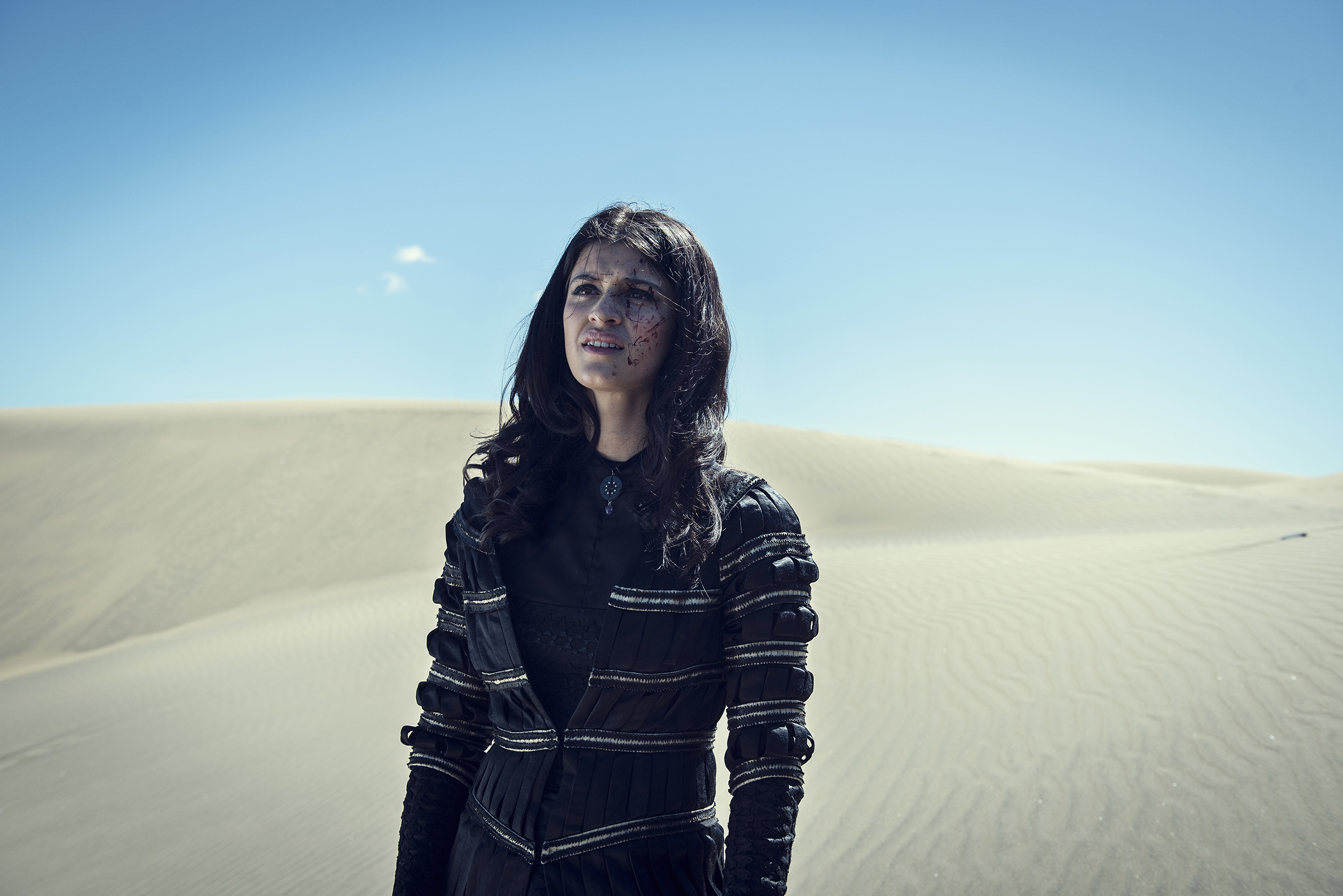The Witcher season 1 recap: what you need to know before watching season 2
Refresh your memory before jumping into season 2 of The Witcher on Netflix.
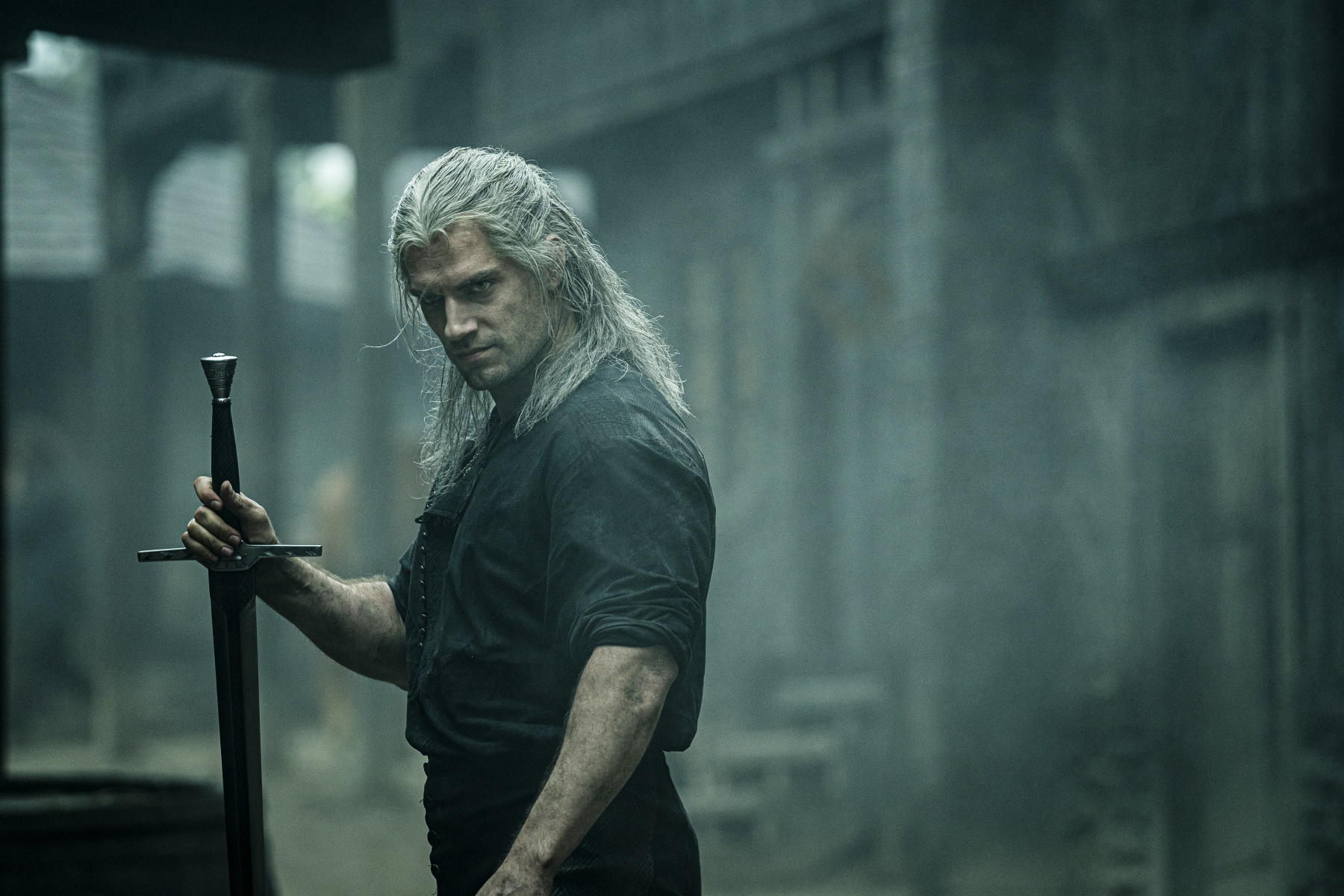
The Witcher season 2 hits Netflix on Friday, December 17. It's pretty good (here's our review), and picks things up right where the first season ended. There's no more time jumping this time.
Well, except for the time jump between the first season and now. Season 1 came out two years ago, in the waning days of the Before Times. You'd be forgiven for getting a bit lost on your return to the world of monsters, prophecies, and Henry Cavil's biceps. We've got you. Here's what you need to know before diving into The Witcher season 2.
The super short recap
Geralt is a witcher: a mutant who fights monsters for gold. He's the gruff-but-secretly-sweet type who usually puts up with the bellyaching of Jaskier, a bard who follows him turning his adventures into songs, and the schemes of Yennefer, a powerful sorceress who enters and exits his story as she pursues her own ends.
Here's the essential sequence of events from The Witcher season 1, leaving out the details of Geralt's more personal adventures to focus on the bigger plot that will be picked up in season 2:
🦔 Geralt saves the life of a cursed knight, who repays him with "The Law of Surprise," a tradition which entitles Geralt to something the knight has but doesn't know he has. That turns out to be a daughter, Princess Cirilla of Cintra.
👧🏼 Despite the new connection between him and the yet-to-be-born princess, as well as warnings from a friend not to defy destiny, Geralt leaves Cintra. Ciri's parents are later killed, and she's raised by her grandmother, Queen Calanthe.
🗡An expansionist empire called Nilfgaard (black armor, cultish) sacks Cintra, killing Queen Calanthe and the rest of Princess Ciri's family. Using mysterious, newfound powers she can't control, however, Ciri escapes, and wanders off in search of the famous witcher Geralt, who her grandmother told her to seek out.
Keep up to date with the most important stories and the best deals, as picked by the PC Gamer team.
🧙🏻♀️ Long before that moment (season one time jumps all over the place), Yennefer was an illegitimate child plucked from an unloving peasant home and trained as a sorceress at brutal magic school Aretuza. She and Geralt have an on-again-off-again thing over the years (both are more or less ageless on account of mutations and magic), but their love affair may or may not be the result of a wish Geralt made to save Yennefer from a djinn, a fact which doesn't sit well with her.
🔥 As Nilfgaard marches north, a legion of mages, including Yennefer, decide to abandon their long-held neutrality, which was debated throughout the war, and put up a defense. Fringilla, a fellow sorceress who had been appointed to counsel Nilfgaard, chooses to fight on the empire's behalf. Yennefer goes super saiyan, more or less, using outlawed fire magic to burn the Nilfgaardian army, stopping the advance.
👨👧 Geralt misses the battle, but finally reunites with Ciri before the season ends.
That's a lot of proper nouns. Let's break it all down, starting with...
Witchers
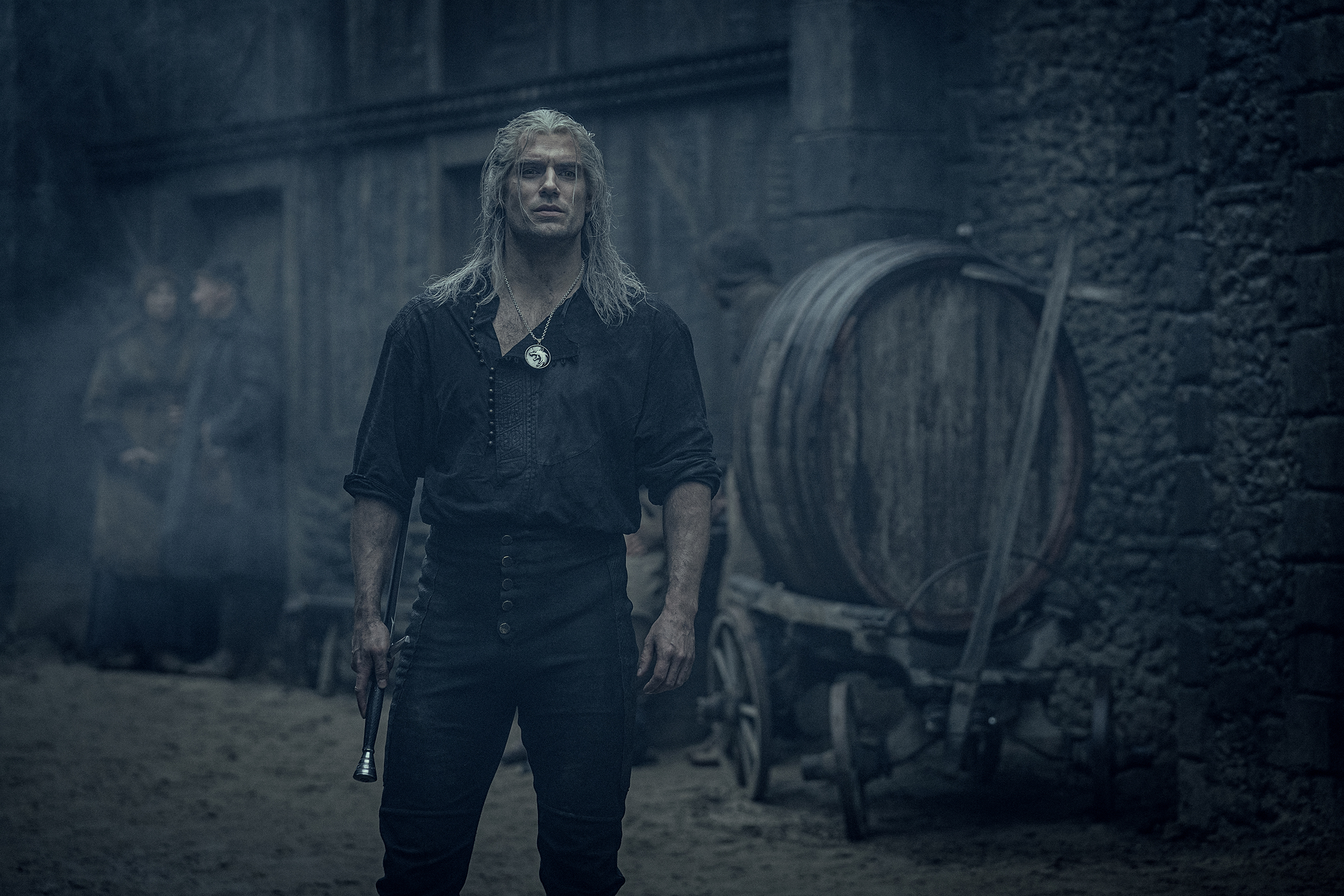
Geralt, our leading man, is a witcher. They're humans who have (kind of) voluntarily undergone dangerous mutations and imbibe supernatural potions to give them special powers like being able to see in the dark, hence the spooky eyes. Within this world, they are widely hated and distrusted, but also fulfill a vital role as travelling, freelance monster hunters. You get spit on and shouted at until there's a banshee in someone's outhouse, then they're coming to you on their knees with a coin in hand. In season 2, we'll be meeting some other witchers, including Geralt's teacher Vesemir, and learning a bit more about their history and training methods.
Wait, monsters?
Yes, the setting is one of horror-tinged dark fantasy with all kinds of mythologically-inspired ghosts and goblins haunting the hapless villagers of the countryside, vampires hiding in the sewers of the bigger cities, and normal humans who get up every day and choose to be jerks. "Man is the real monster" isn't the most genre-defying theme, but The Witcher takes it in some very interesting directions and uses it to great effect.
You've also got the so-called Elder Races, which are your Lord of the Rings standards like dwarves and elves. They don't coexist peacefully with humans, though. They're persecuted, and some have even joined guerilla resistance groups. These woodsy revolutionaries weren't a huge part of season one, but keep an eye on them. I have a feeling they're going to be really important soon.
Nilfgaard and the Northern Kingdoms
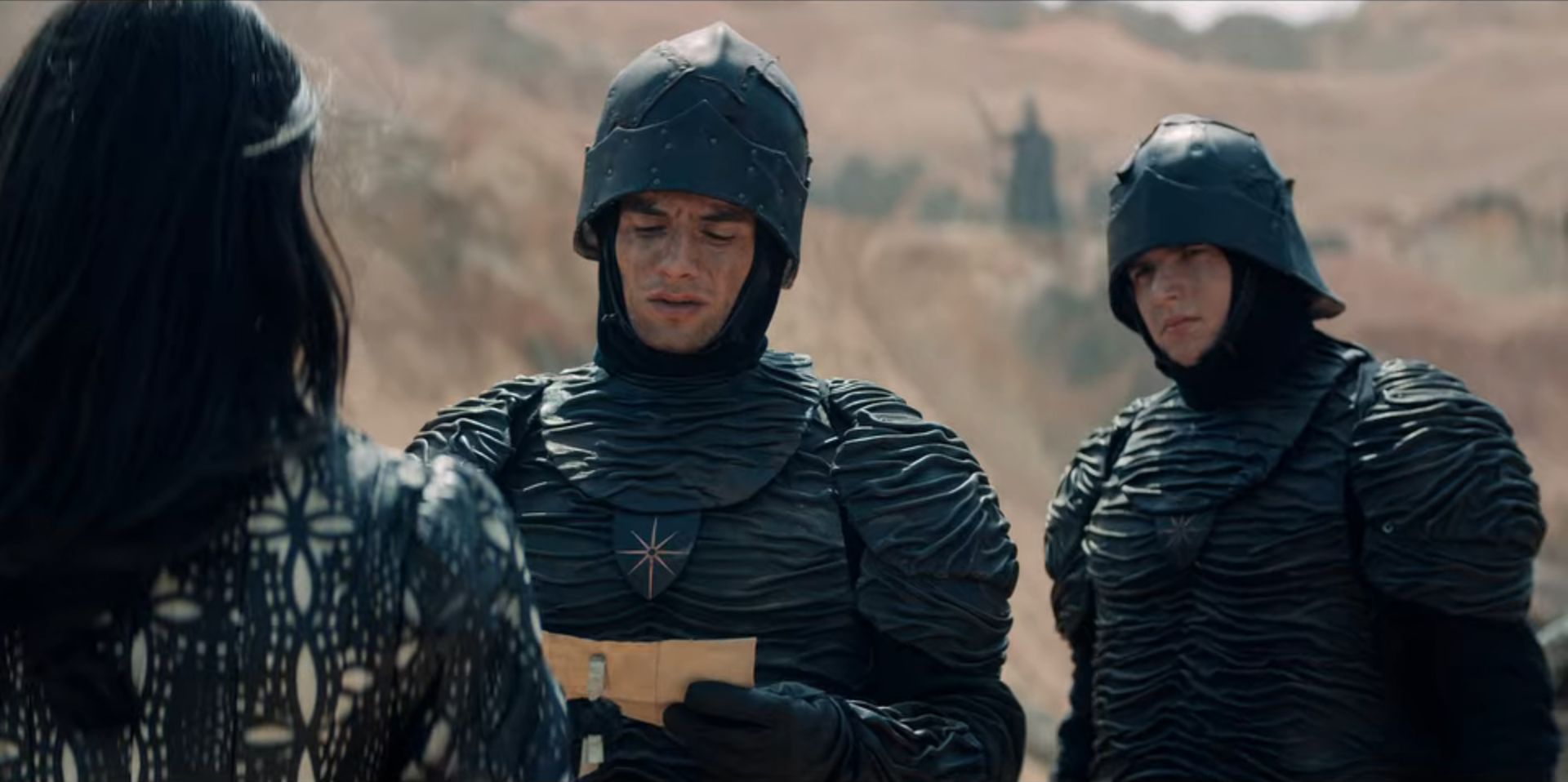
The main political conflict that has defined much of the Witcher world is between the Empire of Nilfgaard and the Northern Kingdoms. Nilfgaard is evocative of the medieval Holy Roman Empire. They really like the color black, going to war, and standing silhouetted against a torch in the rain at night. They've recently set out to conquer the Northern Kingdoms—a group of loosely associated and culturally similar feudal realms where most of the action takes place—because of reasons, and the "Nordlings" don't care for them too much. There's some nuance here, though, as they tend to be at least marginally less prejudicial against groups like elves and sorcerers. At least when it benefits them.
Magic-havers
People what can do the magic are rare but prominent in the world of The Witcher, and may be called mages or sorcerers or any number of other similar things. Some applications of magic, like the signs used by Witchers to start fires or Force push their enemies, can be taught like you would teach someone to dance or bake a tart. But only a few are born with the potential to do things like teleport or literally catch lightning in a bottle. The ambitious Yennefer of Vengerburg, Geralt's on-and-off paramour, is our main point of contact with that world in season one, though we also got to meet some of her colleagues and classmates like the intrepid Triss Merrigold and the Nilfgaardian Fringilla.
These talented few study at magical academies that are a bit less like a private boarding school and a bit more likely to get you turned into an eel and used as a battery if you don't pass your final exam. Aretuza was the school featured heavily in season one, where the ruthless Tissaia de Vries taught Yennefer spellcraft, some difficult life lessons, and other hot girl shit. The mages find themselves in an uncomfortable situation as the war with Nilfgaard heats up, as they have political ties on both sides that test their loyalty to each other, but are sworn to remain neutral.
Ciri
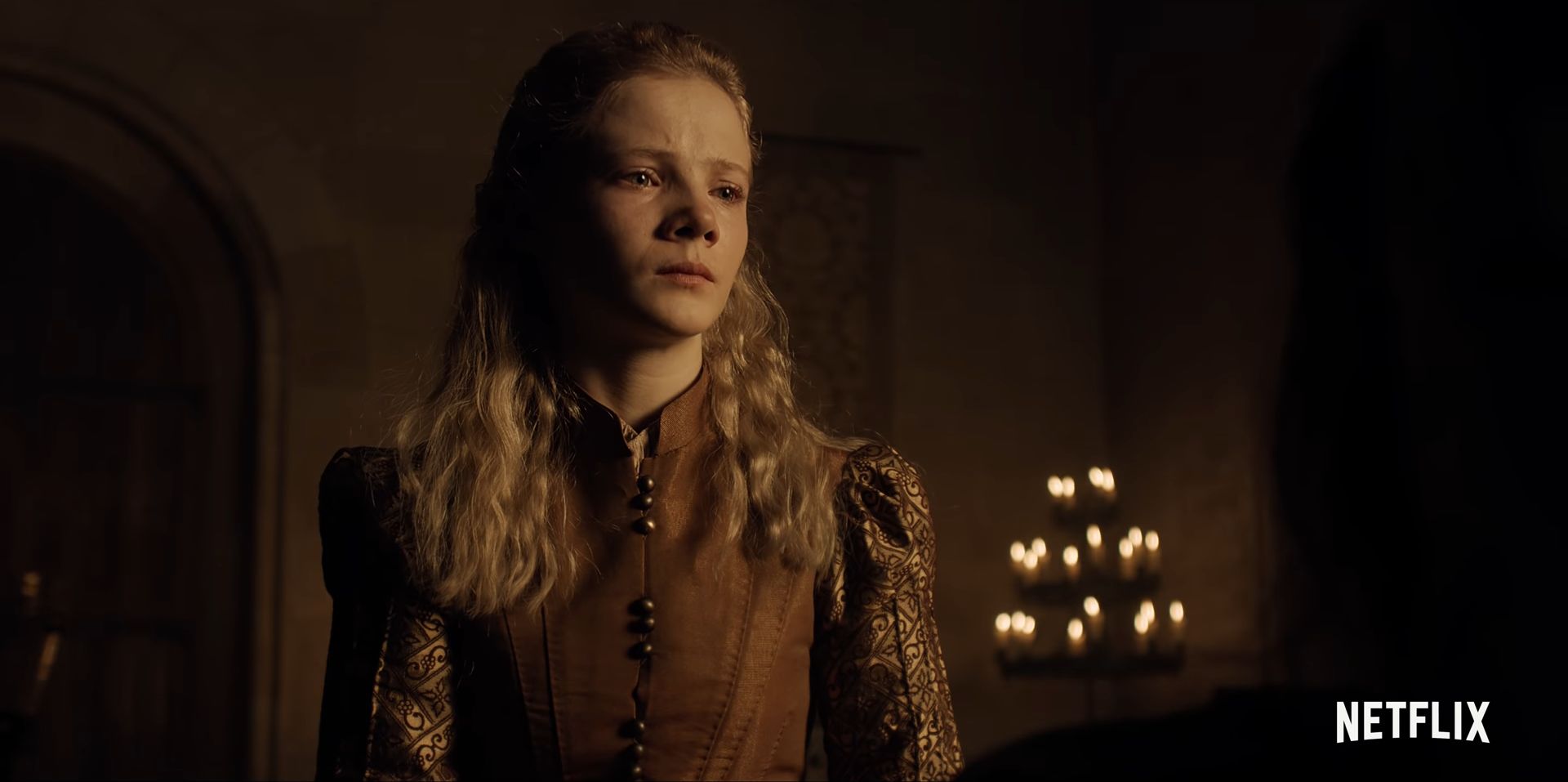
The other big puzzle piece we haven't addressed is the young girl Ciri, whom the Nilfgaardians are very interested in for reasons that may soon become clearer. She's the daughter of Pavetta, a princess of the Northern Kingdom of Cintra, and Duny, a weird hedgehog guy who was not well-received at his beloved's family gatherings. Ciri's grandmother, Queen Calanthe, was about to put him to death before Geralt intervened and invoked a cultural custom called the Law of Surprise. This led to him being owed Duny's firstborn, like the bad guy in a fairy tale, and linked Geralt and Ciri's destinies—though they don't actually meet until the very end of the season, many years later when Ciri is on the run from the Nilfgaardians.
She has some kind of special powers that aren't those of a mage or a witcher, like being able to scream and create an earthquake, that she doesn't really understand. Nilfgaard seems dead set on getting a hold of her, partly for reasons that haven't yet been revealed. She'll be starting her training as a Witcher in season two.
The Battle of Sodden Hill
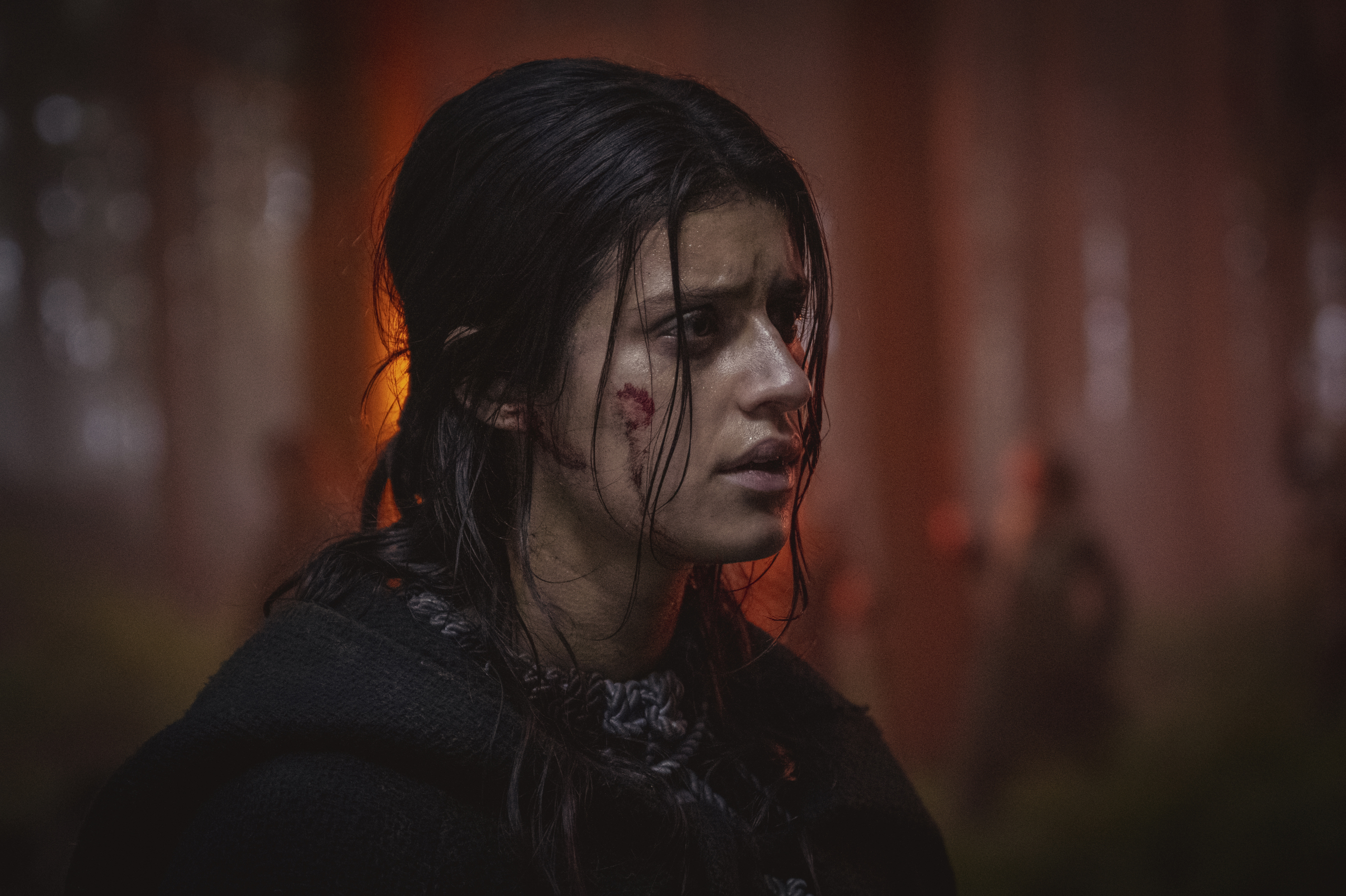
Most of season one was building up to this pivotal event in the Nilfgaardian conflict, where most of our main characters crossed paths at a major turning point in favor of the Northern Kingdoms. With help from the initially reluctant mages, the kingdoms of Temeria, Kaedwen, Redania, and Aedirn came together to halt Nilfgaard's advance, ending what would come to be known as the First Northern War and preserving their independence… for now. It also marked a split among the ranks of the spellslingers, as Fringilla decided to stand with her Nilfgaardian countrymen rather than her colleagues, and the sorcerer Vilgefortz switched sides in the middle of the battle.
What now?
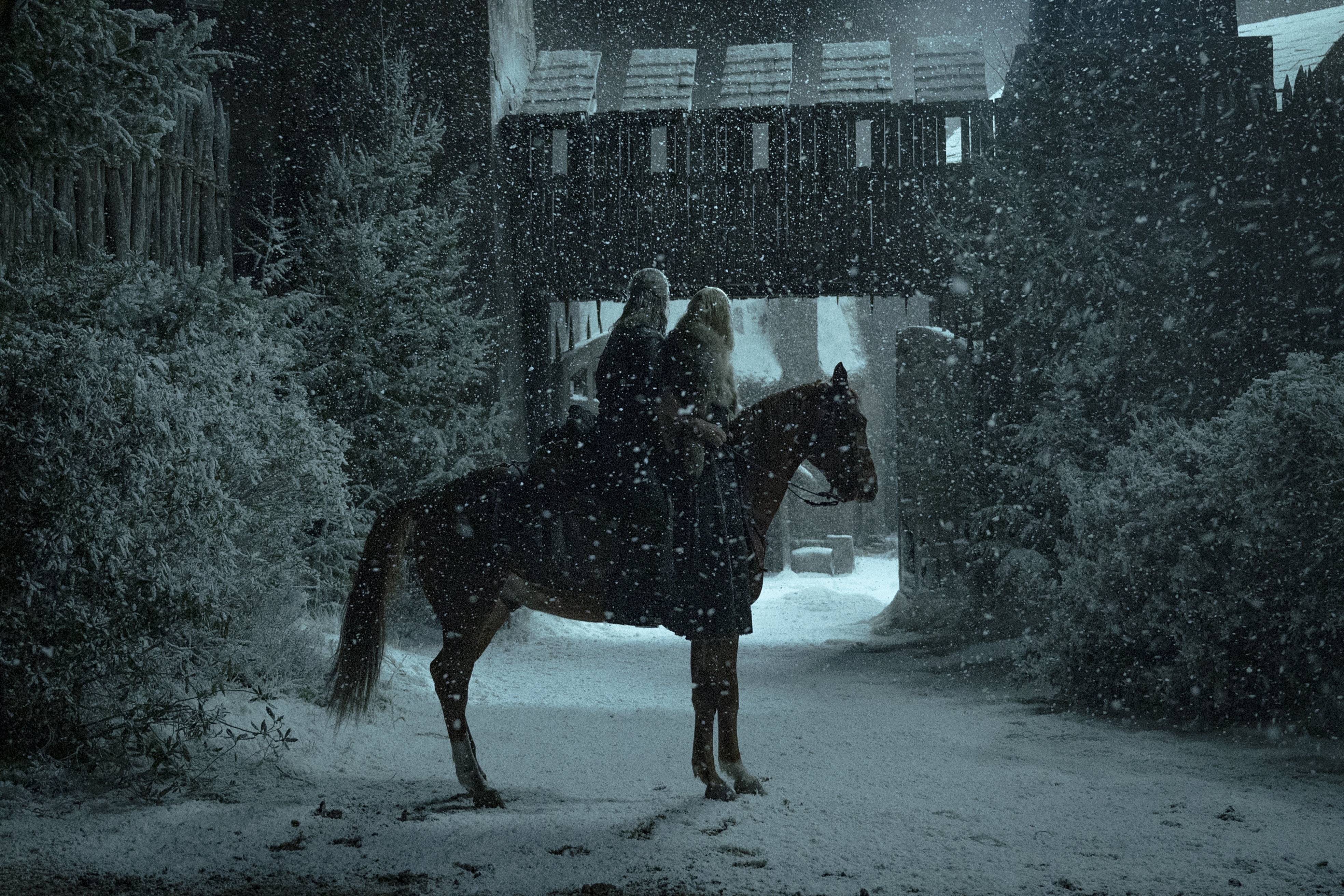
Geralt and Ciri have finally found each other, and they'll be headed to the Witcher stronghold of Caer Morhen where Ciri can begin her training. Nilfgaard definitely hasn't stopped looking for her, though. Or wanting to conquer the entire damn world.
The second season is said to be based mainly on the novel Blood of Elves, which deals with the aftermath of the First Northern War, the continuing conflict among the mages, prophecies that may concern Ciri, the political disagreements between the various Northern monarchs, and the rise of the guerilla Scoia'tael—elves and other marginalized races who are starting to ramp up their campaign against the humans. The start of Ciri's Witcher training will be a major plot point, as well as the continuing, complicated relationship between Geralt and Yennefer, who have already gotten together and broken up at least once.
(If you're interested in the books, head to our guide to the Witcher books reading order.)
Toss a coin
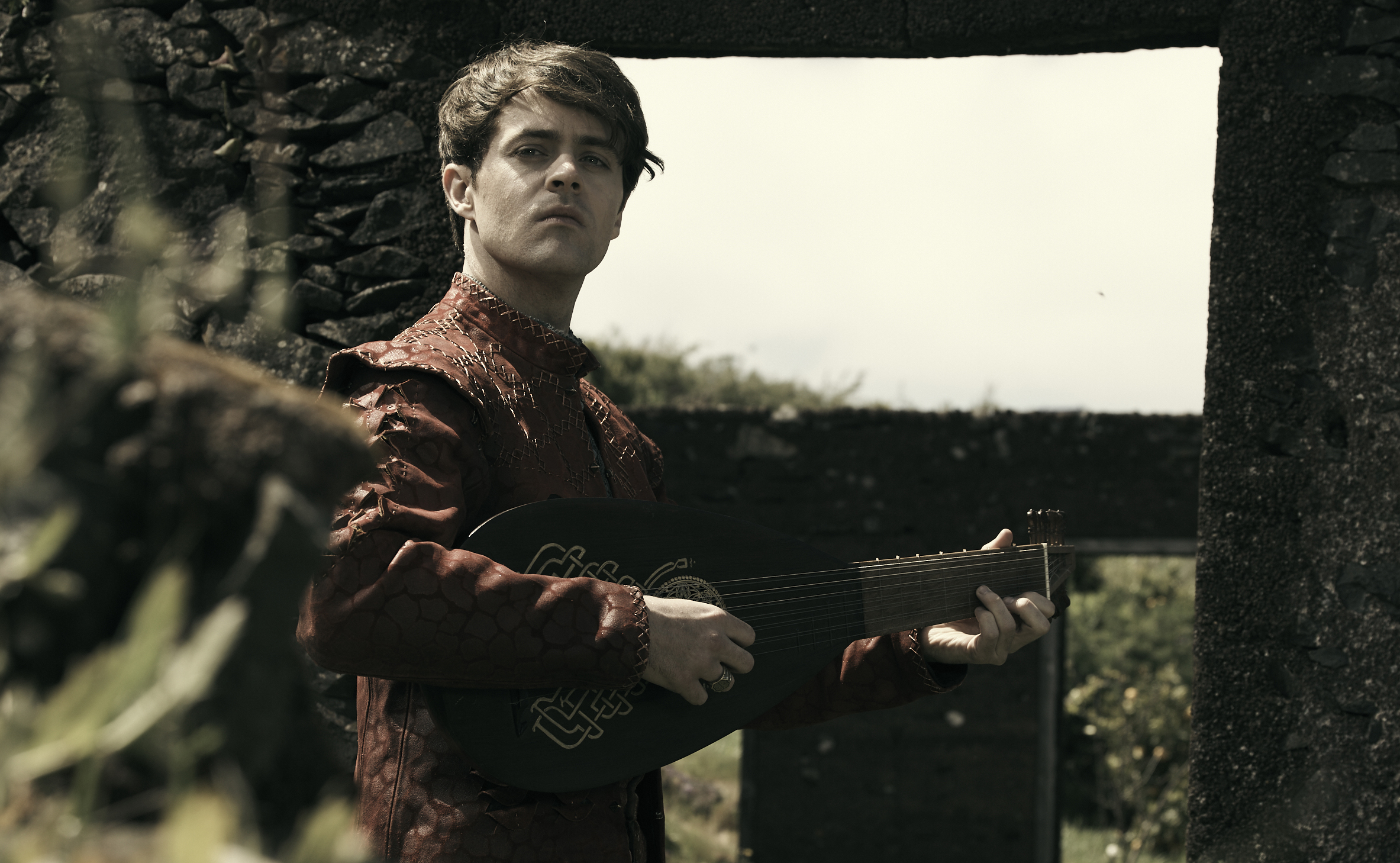
Oh, and we can't get out of here without mentioning Jaskier, Geralt's audacious bard companion and writer/performer of 2019's number one hit, Toss A Coin to Your Witcher. He and Geralt didn't part on the best of terms, but it seems like he's doing well for himself and has become something of a medieval rock star in the meantime—mainly trading on embellished tales of his time with the famous Witcher. The two haven't seen the last of each other though, and while he's usually not as directly involved in the grand politicking or world-changing prophecies, he serves to give the relatable perspective of a normal person witnessing such epic events.
Len Hafer is a freelancer and lifelong PC gamer with a specialty in strategy, RPGs, horror, and survival games. A chance encounter with Warcraft 2: Tides of Darkness changed her life forever. Today, her favorites include the grand strategy games from Paradox Interactive like Crusader Kings and Europa Universalis, and thought-provoking, story-rich RPGs like Persona 5 and Disco Elysium. She also loves history, hiking in the mountains of Colorado, and heavy metal music.
